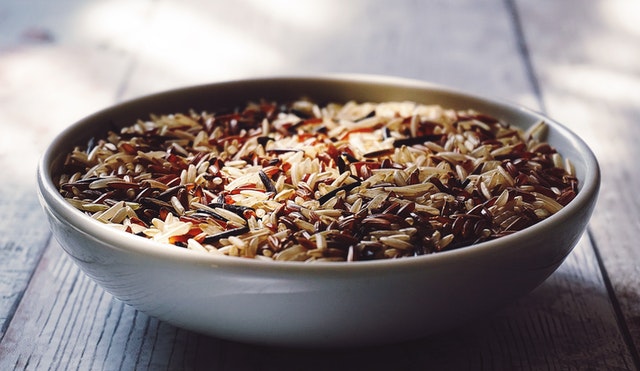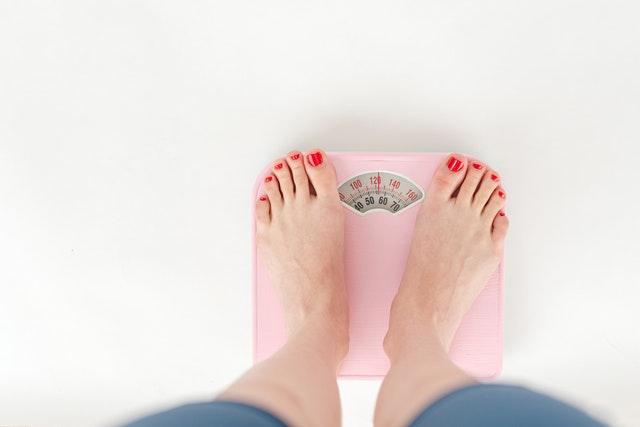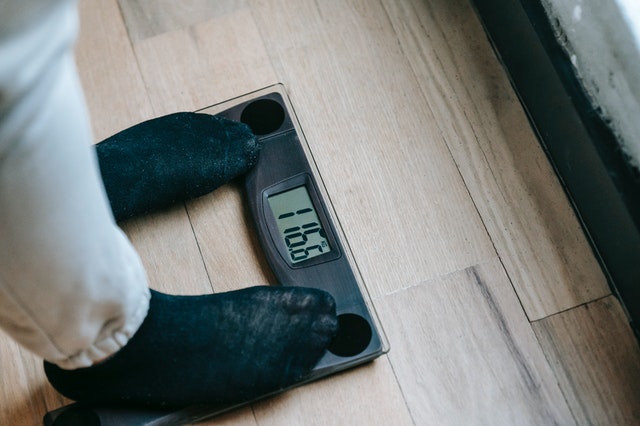Legumes (pronounced “leh-gyoomz”) are the seeds or fruits of a certain type of plant family called Fabaceae. The legume family includes lentils, peas, peanuts and beans. Legumes have a very rich nutritional profile and they are full of protein and healthy fibers. They also contain a variety of vitamins and minerals that are good for the body and can help you maintain a healthy weight.
I’ve always liked the way legumes taste and the way they keep me satiated for long periods. But I had no idea they could help me lose weight until recently. But like many good things in life, there is some controversy surrounding legumes. I’ll go over that information and why I think it isn’t a big deal, and I’ll also show you the astonishing information I learned about using legumes as a weight-loss tool.
Why Do Legumes Have a Bad Reputation?
There are a couple of things people don’t like about legumes. First, they contain phytic acid (we’ll talk about why that matters in a minute. Second, they tend to cause intestinal distress in people who aren’t used to eating them.
Though legumes have an exceptional nutritional profile, that profile is somewhat negated by certain antinutrients. Legumes contain phytic acid, which can inhibit optimal absorption of certain minerals (such as calcium, zinc and iron). But phytic acid is not unique to legumes. In fact, it’s found in all edible plant seeds.
Generally, the only people who need to worry about the phytic acid content in legumes are those who eat little o no meat. This is because people who eat meat get sufficient minerals to offset the potential negative impacts of phytic acid from legume consumption.
Additionally, you can reduce the phytic acid content of the legumes you consume by sprouting them, soaking them or fermenting them. Incidentally, these preparation methods can also help you avoid the intestinal discomfort associated with legume consumption.
How Can Legumes Help With Weight Loss?
Now that we’ve gotten the controversial aspect of legume consumption out of the way, let’s dive right into what we really want to know: how do legumes assist with weight loss? It turns out they help in multiple ways, including:
- Helping you feel full longer
- Curbing cravings
- Lowering blood sugar
As I mentioned earlier, legumes are full of protein and fiber. Both are great for helping you feel full longer so you don’t spend so much time snacking. They also help curb cravings so you have an easier time sticking to a healthy diet.
Finally, legumes can help you avoid spikes in blood sugar. Since legumes are low on the glycemic index, they do not raise blood sugars rapidly as white flour and breads do. Low-glycemic foods are associated with improved weight loss.
How To Enjoy Legumes
Now that you know how important legumes can be on your weight-loss journey, it’s time to talk about how to enjoy them. Just remember that before using any of these methods, soak your legumes to lower their phytic acid content.
- Add legumes to soups, casseroles and stews
- Add cooked beans to your burgers and/or meatballs
- Puree beans and seeds to use as vegetable dips
- Sprinkle a few black beans, lentils or chickpeas onto a fresh green salad
These are a few of my favorite ways to enjoy legumes in my daily diet. Give them each a try to see which option you prefer. You can also sprout your legumes to enjoy maximum nutritional benefits. It’s pretty easy to find sprouting guidelines online for different types of legumes. Remember to also exercise regularly, drink plenty of water, and consume other healthy foods to get the greatest weight-loss benefits from your legume consumption.























